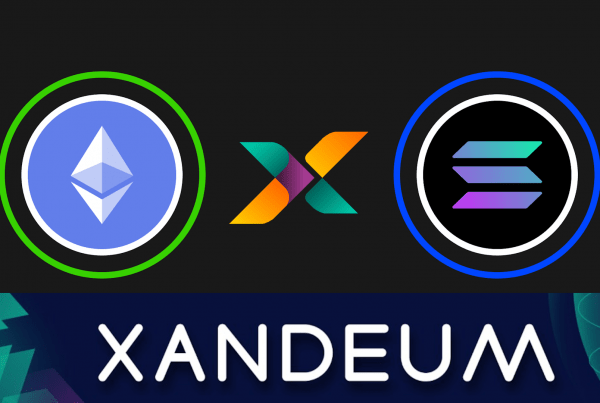
Key takeaways:
- The first atomic swap between Monero and Ethereum marks an important step for the privacy-focused crypto asset
- The swap between XMR and ETH was completed on Arbitrum, a Layer 2 Ethereum solution
- Atomic swaps allow traders to trade their coins among each other without needing centralized infrastructure to facilitate their trades
On Monday, the first Monero (XMR) to Ethereum (ETH) atomic swap was completed on Arbitrum, a Layer 2 Ethereum solution. The atomic swap between XMR and ETH came six months after the swaps between XMR and Bitcoin (BTC) went online in May.
Atomic swaps allow direct trading with no need for middlemen
The latest atomic swap pair added to Arbitrum came as a result of numerous software contributions, most notably by Elizabeth Binks, a software engineer at blockchain R&D firm ChainSafe Systems. The Monero team took to Twitter to show their gratitude:
Atomic swaps allow parties to trade digital assets between various blockchains by utilizing specialized exchange contracts. They are widely regarded as the most genuine approach to crypto trading as their trustless peer-to-peer (P2P) nature eliminates the need for third parties when trading.
Atomic swaps are in line with the general ethos of crypto, which promotes decentralization and avoidance of centralized financial entities. Monero, being the biggest privacy-focused coin in the market, is poised to benefit from atomic swaps even more than some of the other cryptocurrencies.
XMR has been trading in a relatively tight range over the past two weeks. At press time, the price of XMR is $237 as the world’s largest privacy coin boasts a market capitalization of $4.27 billion.



